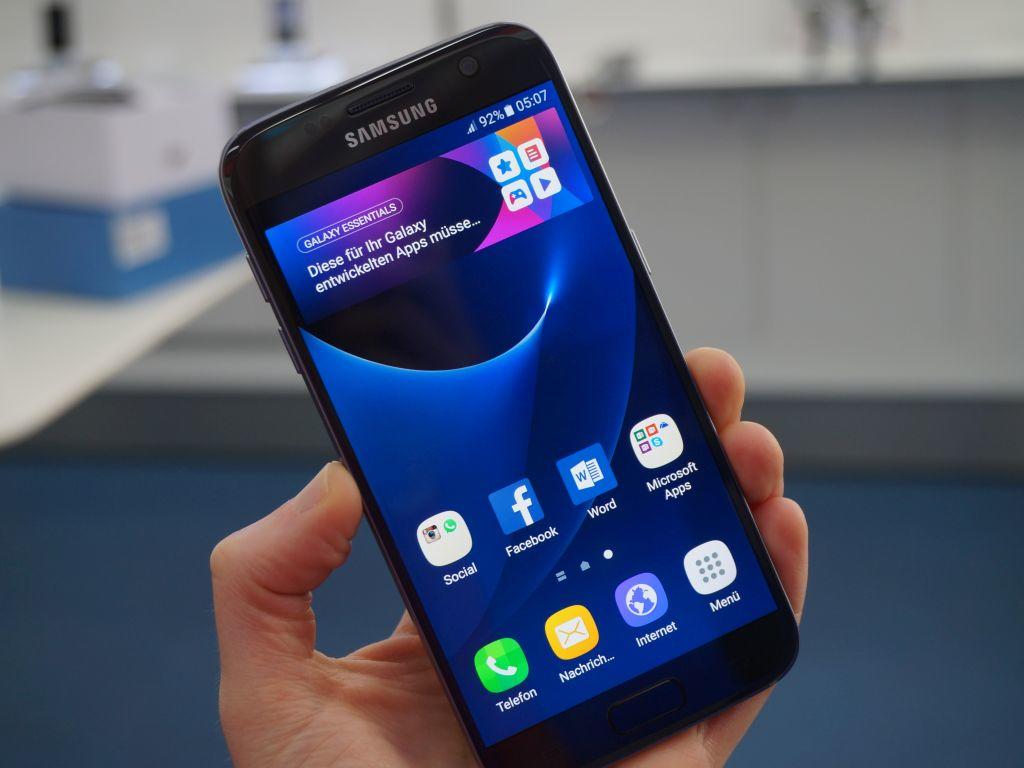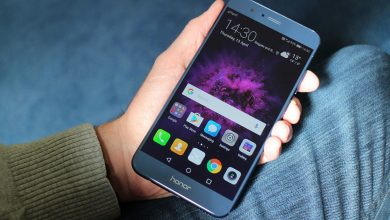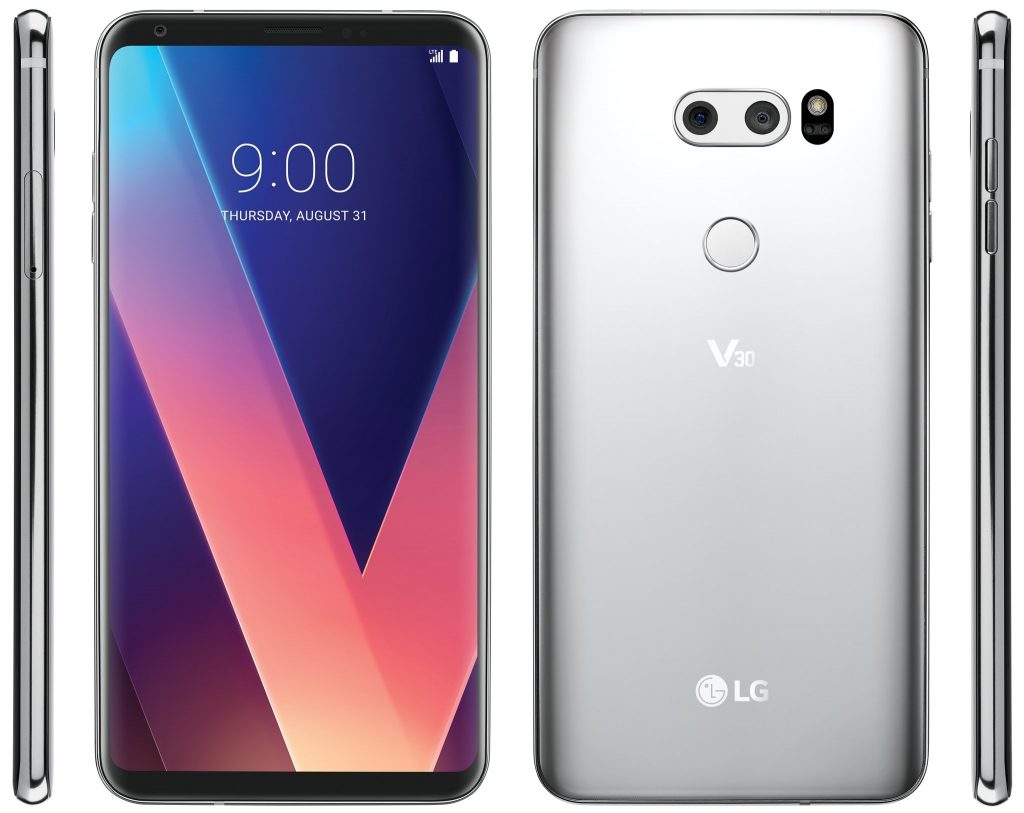The Android N Developer Preview has a hidden feature which was discovered recently, and brings a simple, yet powerful change- native DPI scaling. This is one aspect of android that has not been given proper attention in the past couple of versions. Well, Samsung galaxy S7 is already coming with this feature but its hidden! 😀
TouchWiz has never been that great in using screen real estate to the max and sizing the icons to have a good default DPI setting. It turns out, this is a hidden feature in the Galaxy S7 line as well, unlike the OnePlus devices running both Cyanogen and Oxygen OS, which have a number of DPI scale options that are part of their visible features.
DPI or “dots-per-inch”, is a measure of video density, or particularly the number of individual dots that can be placed within a line of 1-inch. It can also be termed as pixels-per-inch. Though PPI and DPI are different, we shall interchange them for our references. High DPI means pictures can be printed in large sizes without losing image quality.
Since phones coming out each year are featuring higher PPI count, the UI elements that the developer wants to use should have high DPI. The main problem UI designers have, whether they’re working on a website or a smartphone app, is making sure the
UI elements used look their best on a variety of screen sizes and resolutions.

So how can you access the settings to change the DPI of your screen?
With the Galaxy S7, this feature is not even in a menu by default, but it is an active feature, if there is a way to show it in the UI. Thankfully, there is a way.
All you have to do is find this menu- “Display Scaling Activity”. This menu is hard to find in TouchWiz, but Nova launcher users will be able to find it with ease. These are the steps:
- If you dont already have it, download Nova launcher. You dont need to set it as default, but launch it to access the Nova
homescreen. - Go to the Widget Settings by long pressing on the homescreen and selecting Widgets. Select the Activities widget and place it on the homescreen.
- Open activities, scroll down to settings and choose .DisplayScalingActivity, which will create a new icon on your home screen. Opening the menu will give you a choice of Standard or Condensed. Once you’ve made your choice, you’ll be asked to reboot( this is normal) after which changes will take effect.
The Galaxy S7 sports a 5.2-in AMOLED screen with a resolution of 2560×1440, at 535 PPI. As mentioned above, this means a single line of 535 pixels/dots can fit within one inch. The standard DPI of the S7 is found to be 640 while the Condensed version changes to around 540. Although a difference of 100 may not sound much, but the difference between UI elements that cram a bunch of information in as little space( condensed) as possible, or letting the elements breathe by making use of active white space and having a smooth flow in the display of information( on the Standard option).
What do you guys think? Are all the power users out there excited about this feature? Let us know in the comments down below. We are here to help if any issues 🙂
Source: XDA Developers


